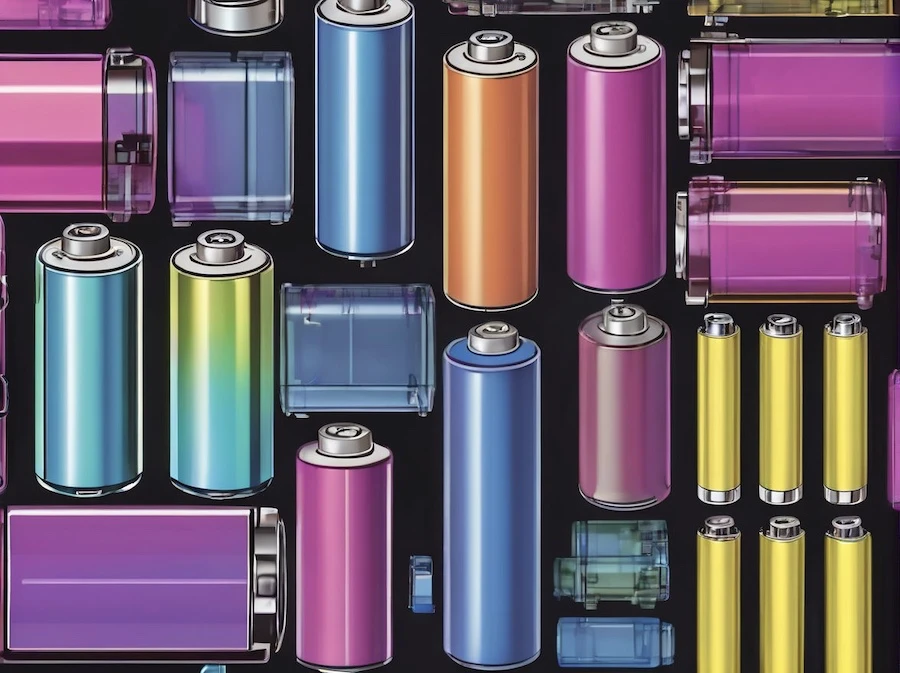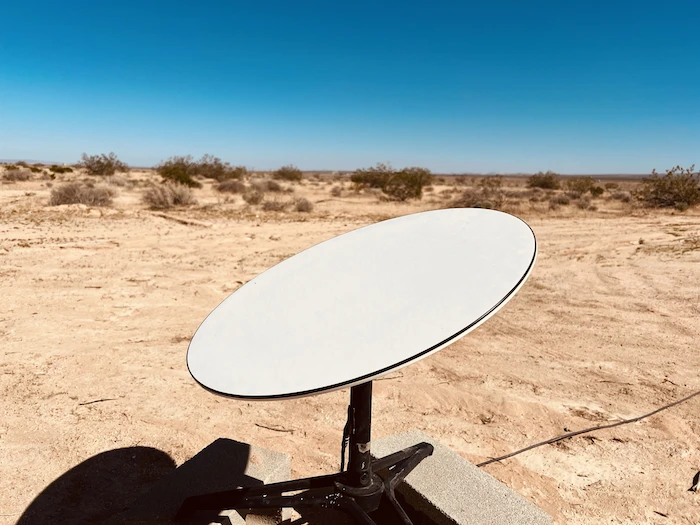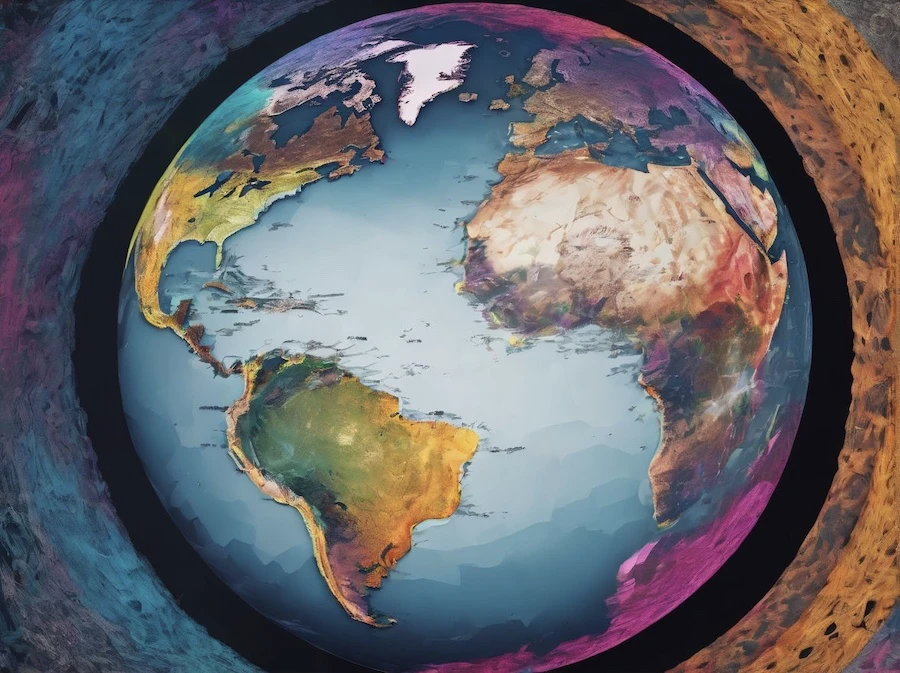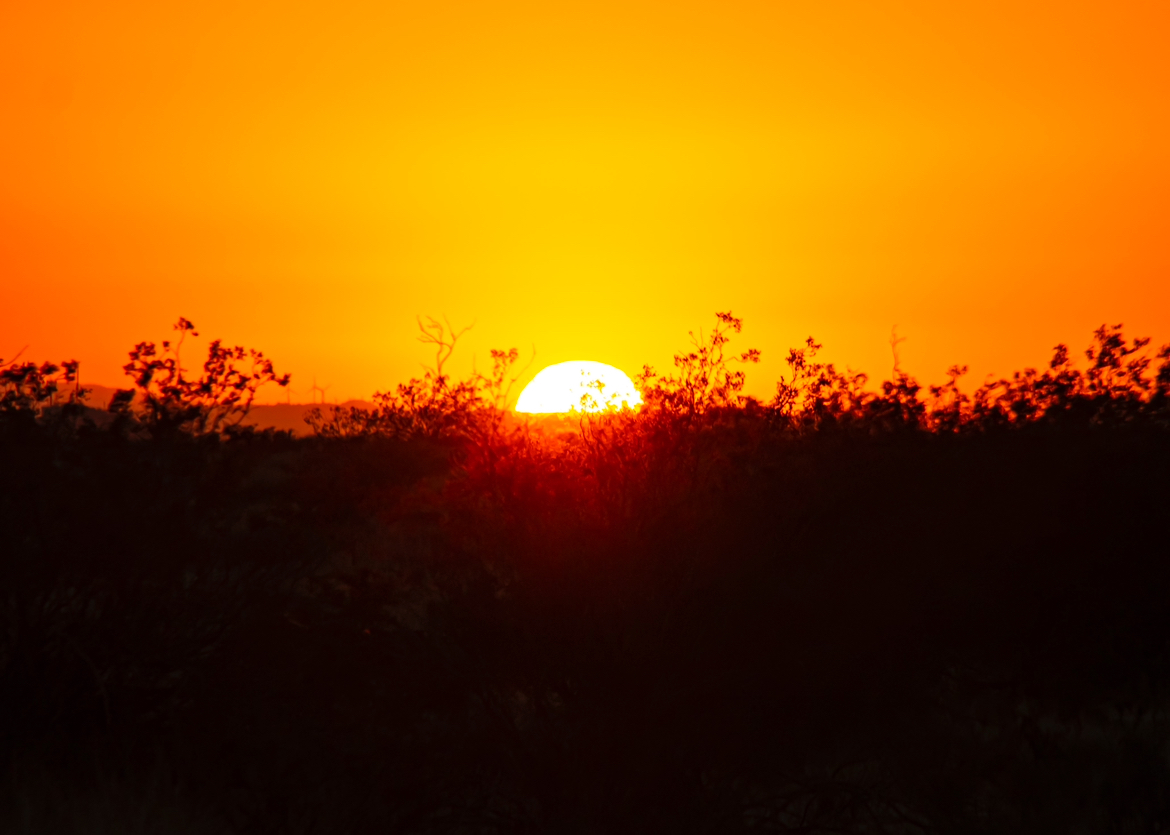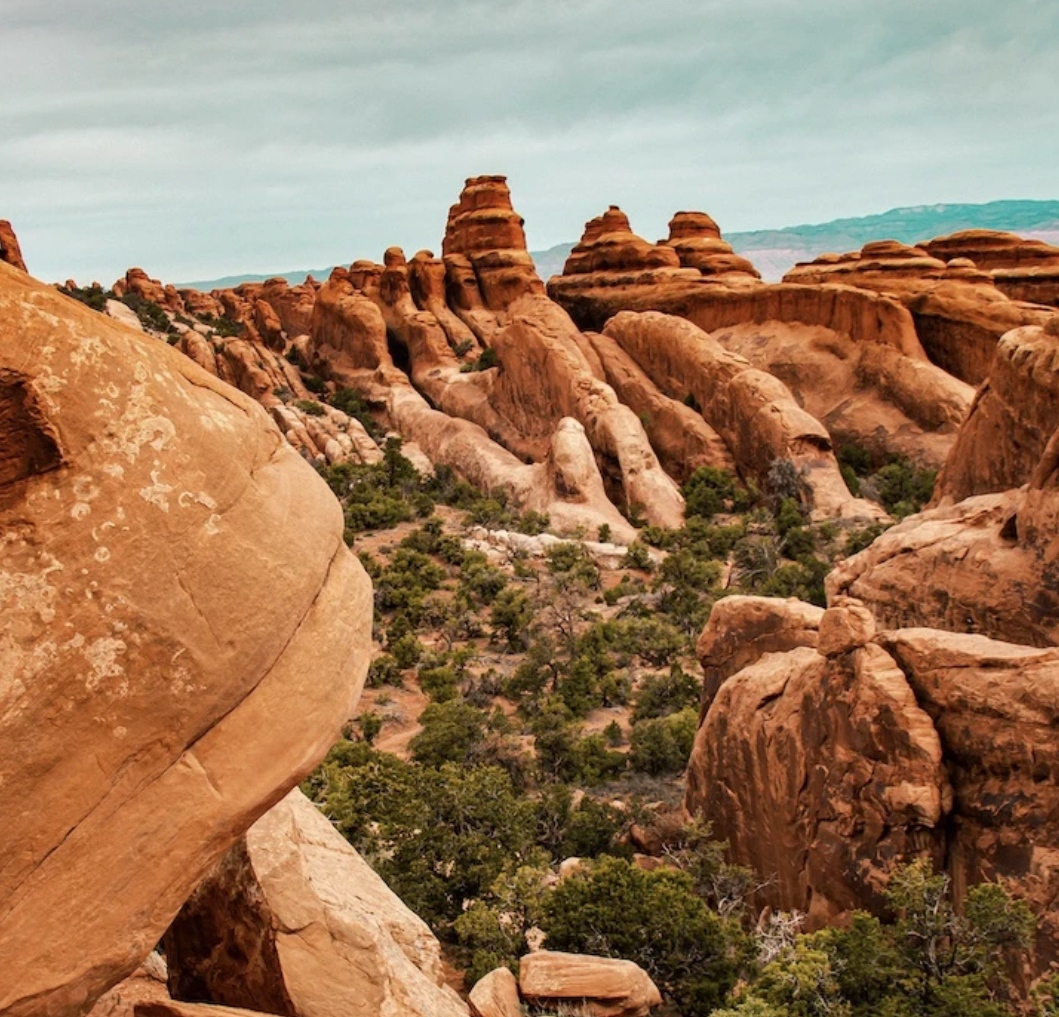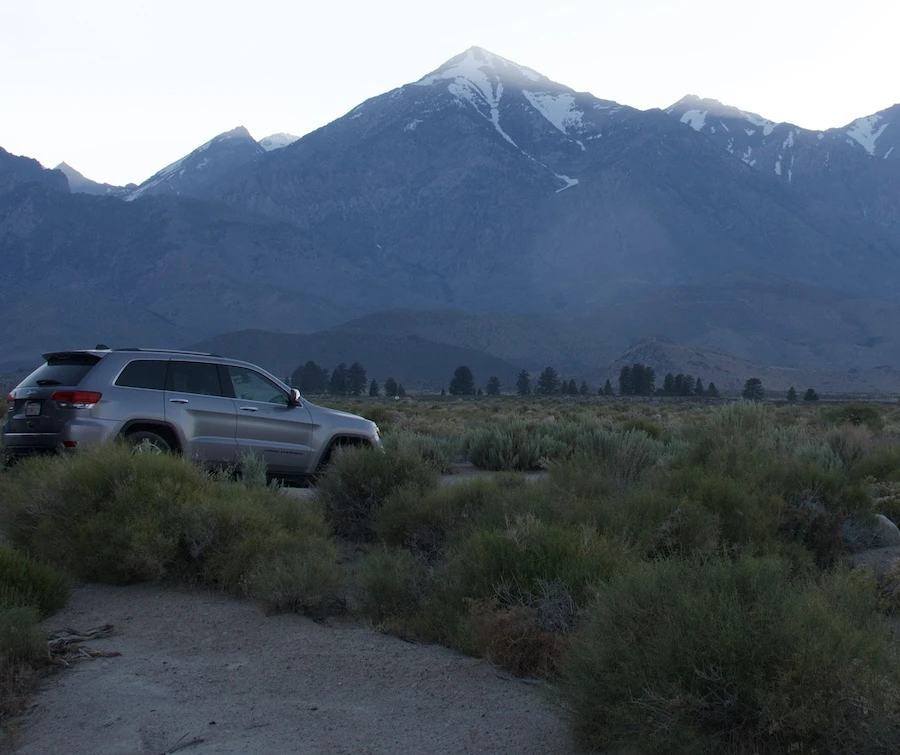September 13, 2023- 3RD OF 3
Unearthing Lithium: The Controversy and Potential of McDermitt Caldera
In the race towards a sustainable future powered by green technology, one element has emerged as the linchpin of our ambitions: lithium. This silvery-white metal, long known for its medicinal and industrial applications, has gained newfound prominence as the critical ingredient in the batteries that fuel electric vehicles and store renewable energy. As the world seeks to reduce its dependence on fossil fuels, lithium has become a symbol of hope for a cleaner, greener future.
Yet, the path to securing this essential resource is fraught with challenges and moral dilemmas. A recent report has unveiled a startling revelation - the largest lithium reserve on the planet might be hidden beneath the seemingly tranquil landscapes of the McDermitt Caldera, straddling the border between Oregon and Nevada. However, this discovery has ignited a contentious debate, pitting the quest for sustainability against the preservation of indigenous culture and delicate ecosystems.
Lithium's Crucial Role:
Lithium has become the darling of the green energy revolution. Its unique properties make it the ideal candidate for the high-capacity, long-lasting batteries needed to power electric vehicles and store renewable energy. While an estimated 88 million tons of lithium exist globally, only a fraction of this is economically viable for extraction. This scarcity has made known lithium-rich regions, such as Chile, Bolivia, and Australia, incredibly valuable.
The McDermitt Caldera Revelation:
A collaborative effort involving Lithium Americas Corporation, GNS Science, and Oregon State University has unveiled the McDermitt Caldera as a potential game-changer. Their estimates suggest that this region could harbor an astonishing 20 to 40 million metric tons of lithium, surpassing even the renowned Salar de Uyuni in Bolivia, previously considered the largest lithium deposit on Earth.
Unveiling Geological Origins:
The story of this hidden lithium treasure begins with a volcanic explosion around 16.4 million years ago. This cataclysmic event, dwarfing the famous 1980 eruption of Mt. Saint Helens, filled the McDermitt Caldera with alkaline magma rich in sodium, potassium, and lithium. Over millennia, lithium gradually seeped into claybed soils as the region evolved into the landscape we see today.
Controversies Galore:
The prospect of mining in the McDermitt Caldera has stirred a hornet's nest of controversies. This land, known as Peehee Mu'huh, is not just rich in lithium; it's also sacred to several indigenous tribes and carries historical significance. Indigenous organizations have vehemently opposed mining operations, labeling them as a form of "green colonialism."
Beyond the cultural concerns, there are practical worries. Mining projects here could have a profound impact on groundwater levels, affecting local farmers and ranchers. Moreover, the disruption to local fauna, including pronghorn antelope, golden eagles, and sage grouse, raises ecological alarms.
The Global Lithium Dilemma:
While the McDermitt Caldera offers a tantalizing solution to the growing global demand for lithium, it's important to acknowledge the broader context. Lithium mining operations worldwide have faced criticism for their environmental impact, including habitat destruction and groundwater depletion. Additionally, during battery manufacturing, fossil fuels are often burned, dampening the environmental credentials of electric vehicles.
The U.S., in particular, has sought to reduce its reliance on Chinese lithium sources by promoting domestic mining, with the Thacker Pass Lithium mine as a key player in this strategy. This project, owned by Lithium Nevada, LLC (a subsidiary of Lithium Americas Corporation), is situated in the heart of the McDermitt Caldera.
The discovery of a potentially colossal lithium reserve beneath the McDermitt Caldera has thrown open a Pandora's box of questions. Can we reconcile our thirst for sustainable energy with the preservation of indigenous heritage and fragile ecosystems? As lithium emerges as a vital component of our green future, it's imperative that we navigate this terrain with wisdom, sensitivity, and a deep commitment to sustainability. The McDermitt Caldera may hold the key to our electric dreams, but the path forward is fraught with complexity and moral gravity.
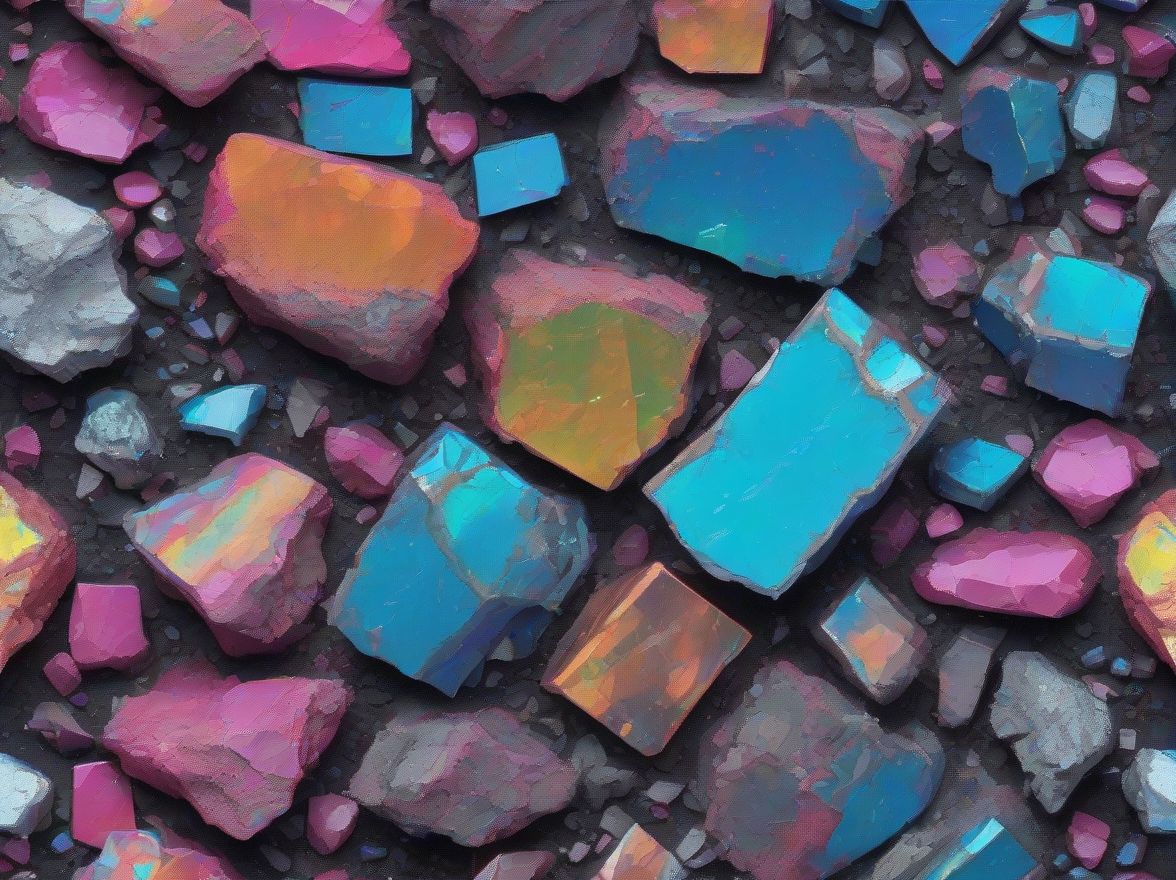



















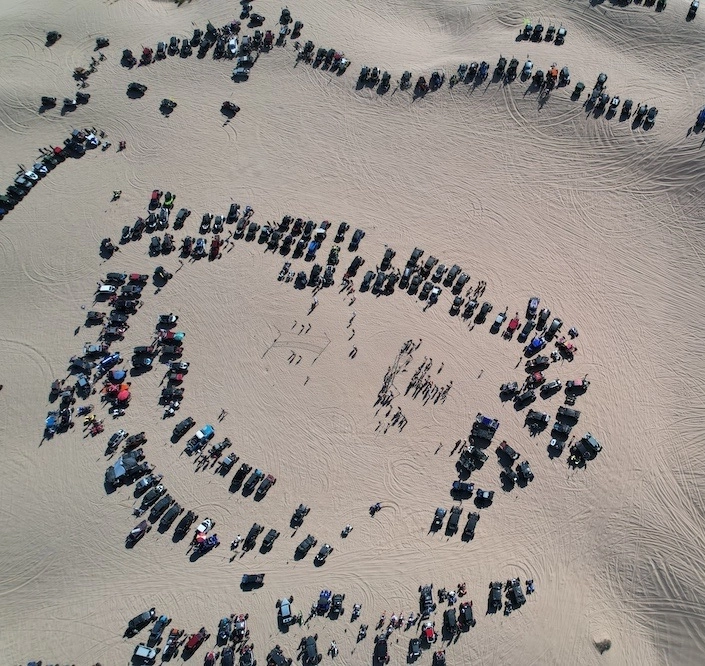

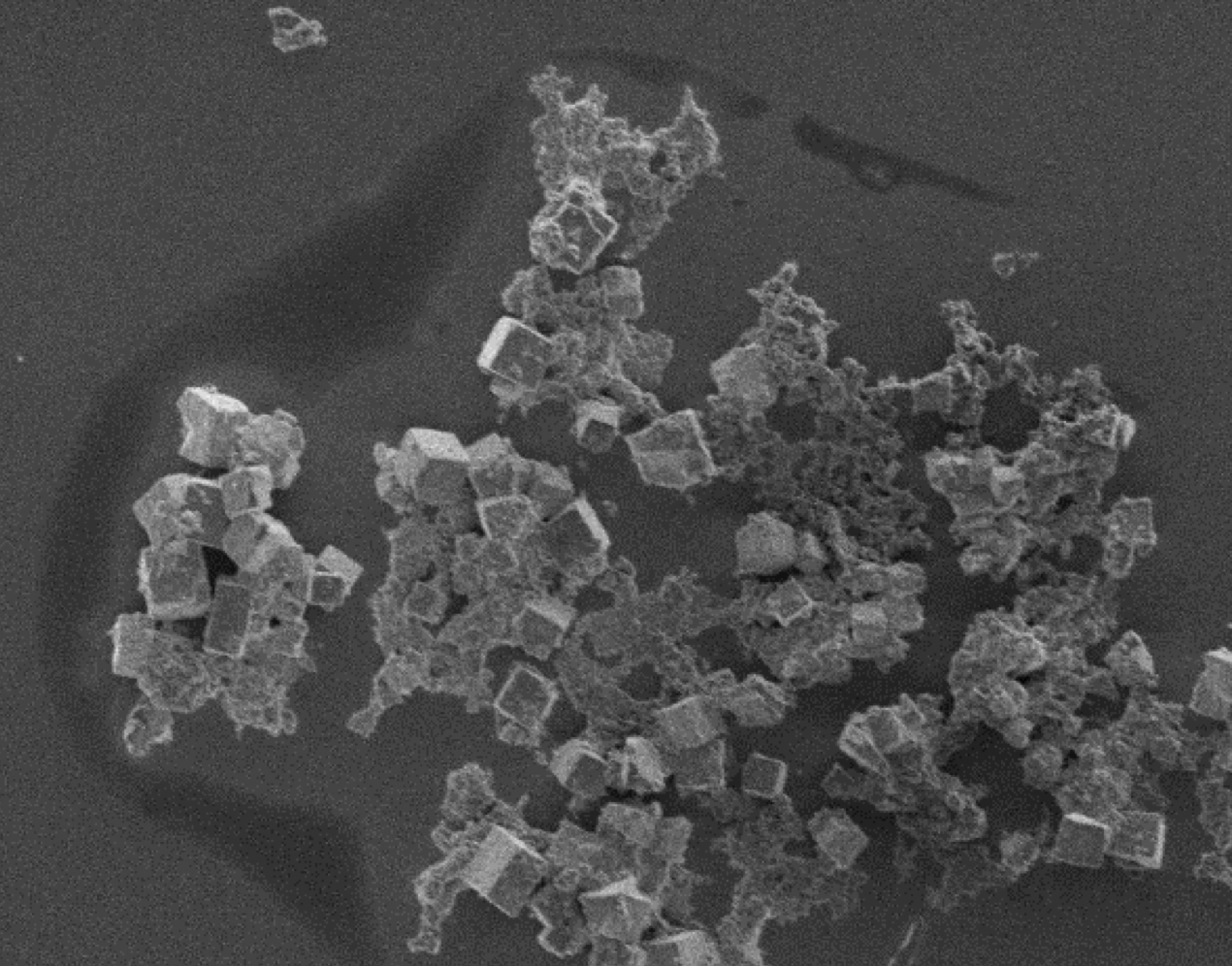




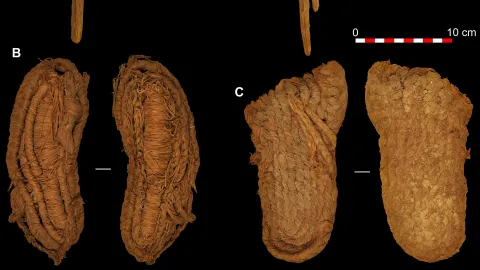



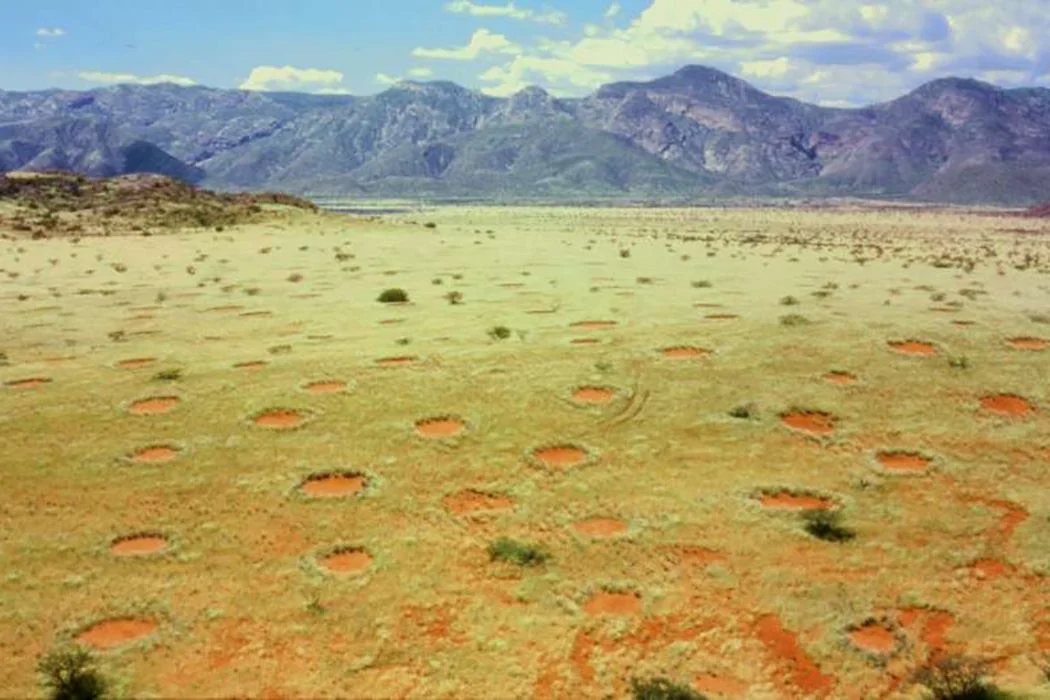
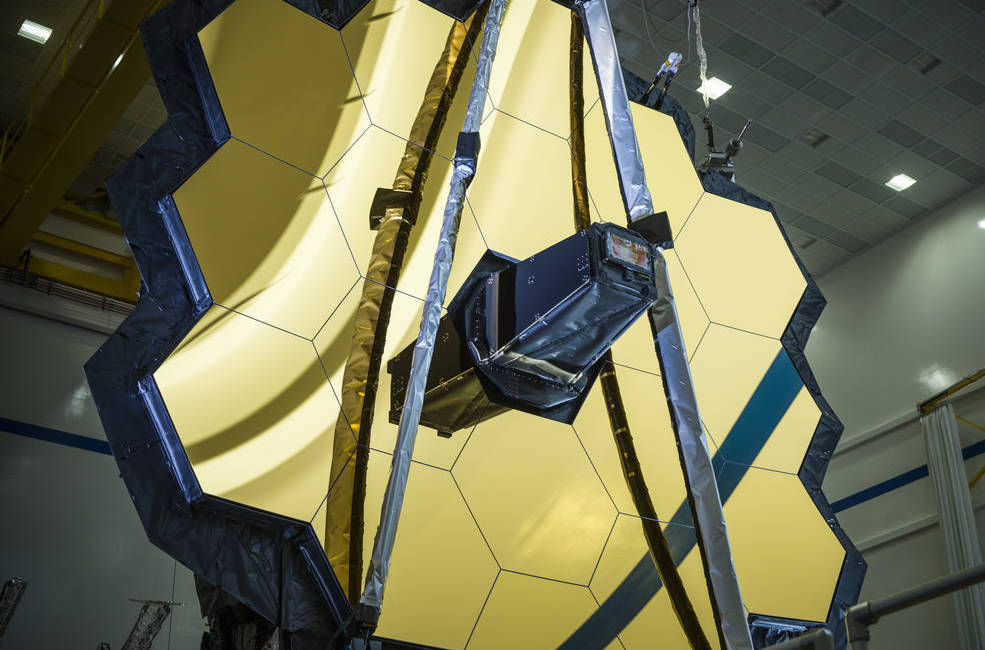









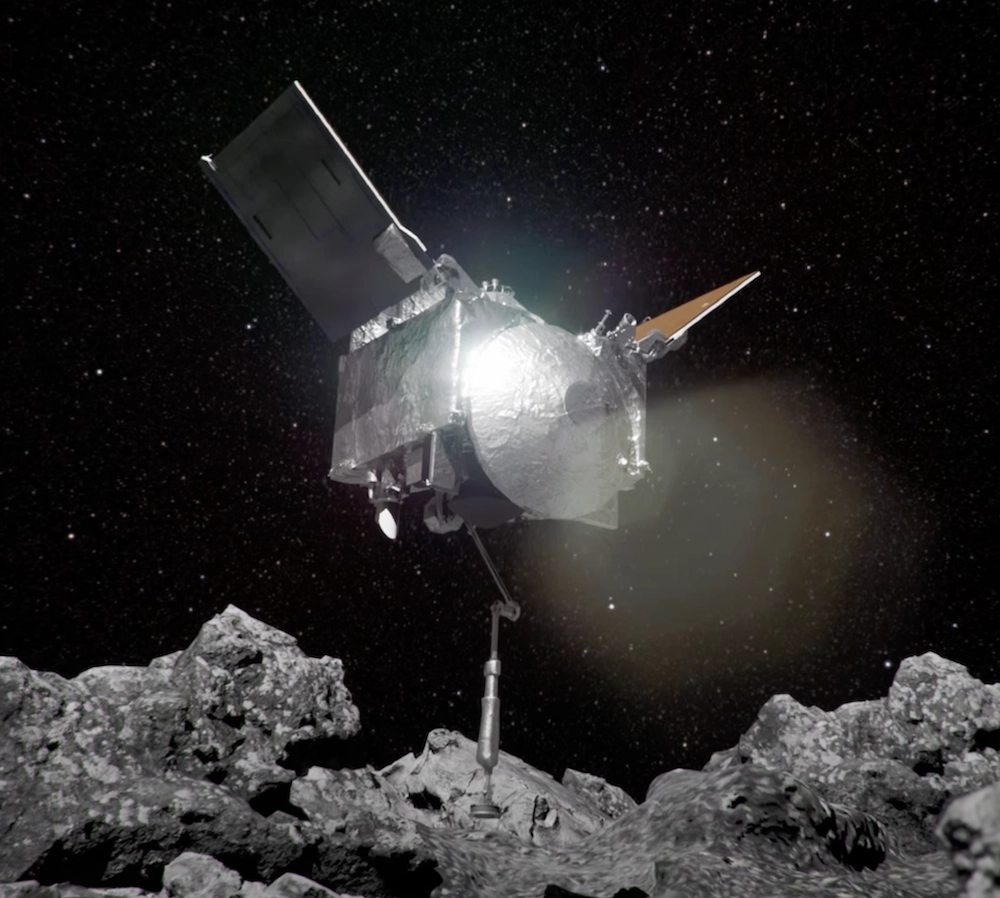







.webp)
.webp)
